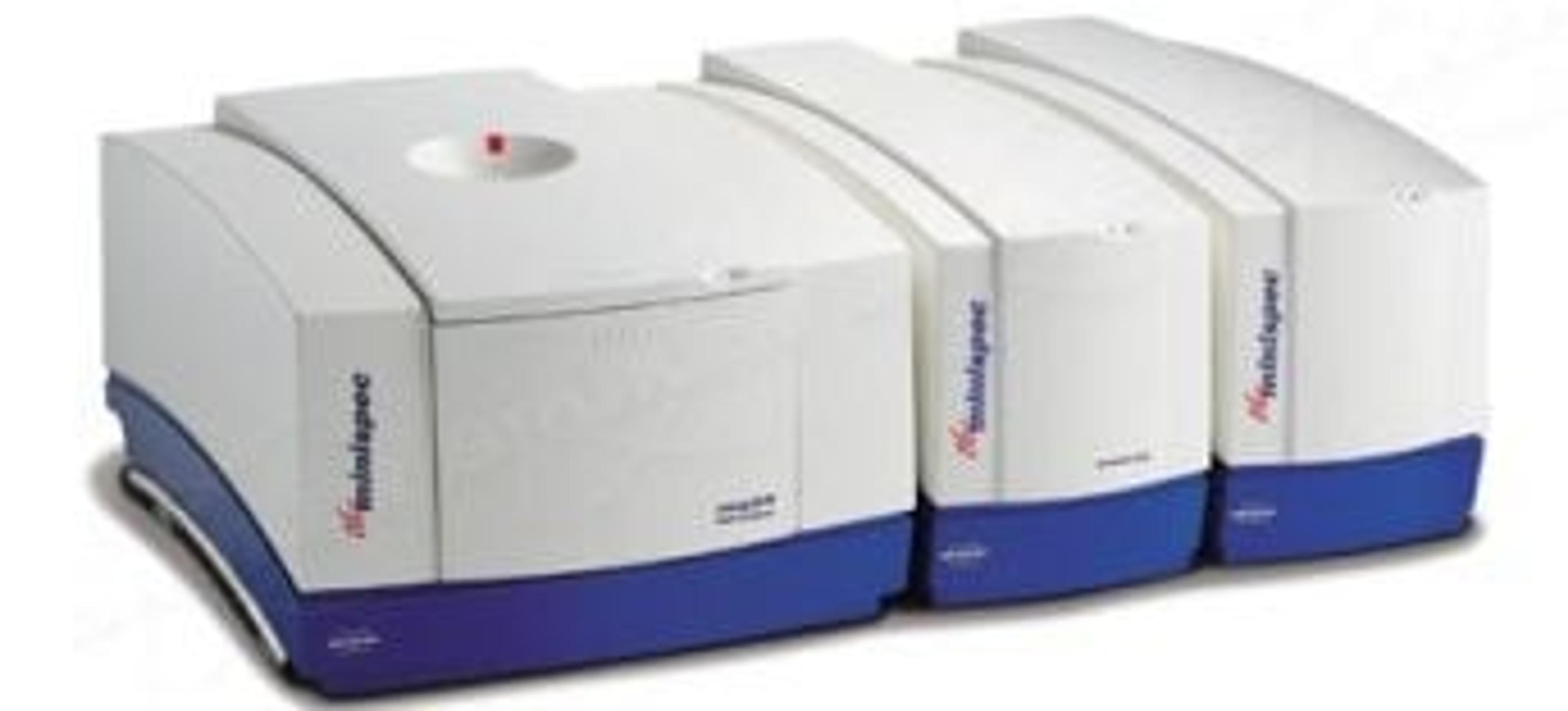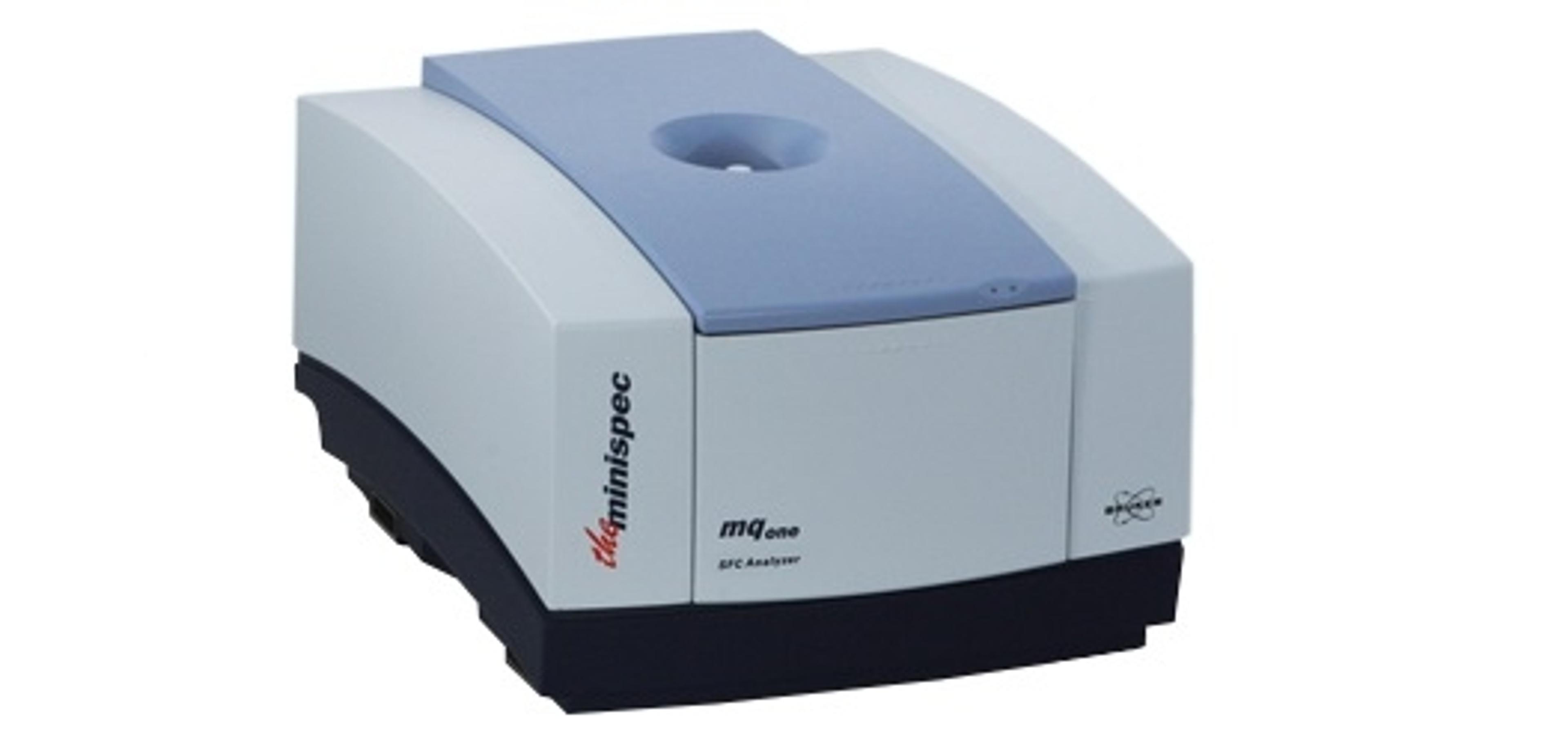Top Innovations in NMR
Reaction monitoring in the pharmaceutical industry and industrial polymer quality control
12 Aug 2015

Top news, applications and methods
NMR has been a standard analytical technique in academia for many years, but has recently been applied to other novel areas. Read on for tips on adjusting pH for optimal spectra acquisition and learn how NMR can perform compared to other conventional methods for solid state and polymer analysis.
1. ARTICLE: The Advantages of Reaction Monitoring by NMR in the Pharmaceutical Industry
The ability to elucidate molecular structure, determine functional groups and monitor reactions through kinetic studies has enabled scientists to confidently understand reactions at a molecular level. While reaction monitoring is a traditional technique, it has significantly gained popularity in the pharmaceutical industry due to initiatives such as process analytical technology (PAT). Learn how Pfizer uses NMR technology from Bruker for reaction monitoring. Read more.
2. APPLICATION NOTE: Process and Quality Control Solutions by Time Domain NMR Analysis for Polymer Industries
Bruker’s versatile TD-NMR applications are widely used in the study of polymerization reaction kinetics, material properties of filled and modified polymers and failure analysis. Discover the range of applications supported by Bruker’s minispec systems and key advantages compared to optical methods. Download application note.
3. APPLICATION NOTE: 2-Thienyllithium in the Solid State and in Solution – Insights from X-Ray Crystallographic and NMR Spectroscopic Data
In this application note, the analysis of various 2-thienyllithium derivatives in the solid state by both X-ray crystallography and NMR is described, demonstrating the potential of a combined approach using both X-ray and NMR. The results demonstrate that this combined approach, using NMR technology by Bruker, allows insights to be gained into the similarities as well as the differences between the solid state and solution structures of these 2-thienyllithium derivatives. Download method.
4. APPLICATION NOTE: pH Adjustment for NMR Applications
The adjustment of the pH value of the sample solution is crucial for the acquisition of NMR spectra. This application note presents the Bruker pH Titration Unit as a solution for the automaton of pH adjustment. Download application note.
5. APPLICATION NOTE: A Robust Solid-State NMR Method for Protein Backbone Assignment: Band-Selective Homonuclear Cross Polarization
A crucial step for solid state NMR site-specific protein characterization and structure elucidation is the time-consuming resonance assignment. This application note presents a set of band-selective homonuclear cross polarization experiments to facilitate the recording of spectra and to simplify the assignment process using the Avance III HD, from Bruker BioSpin. A detailed description of necessary parameters is given. Download method.


